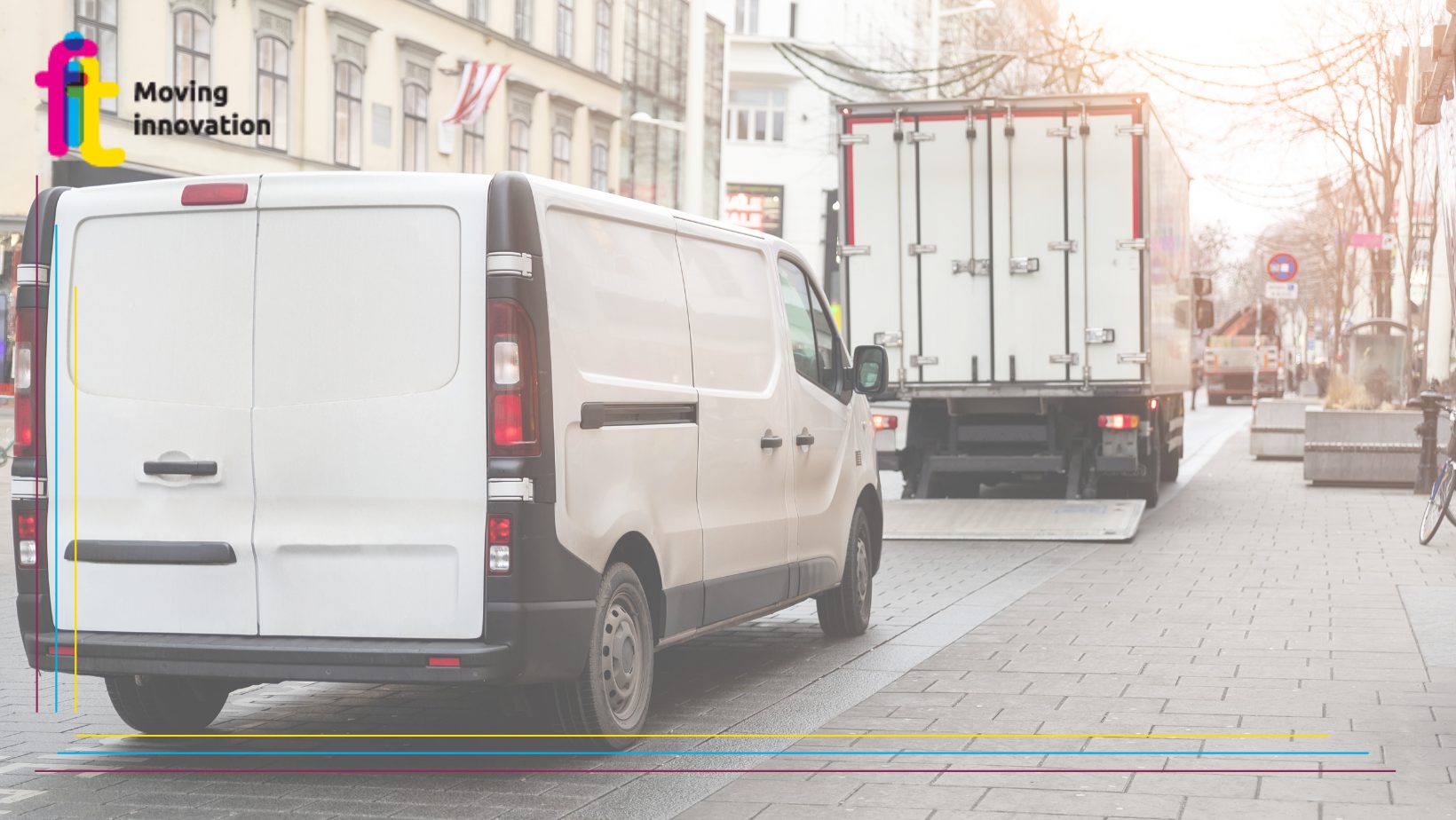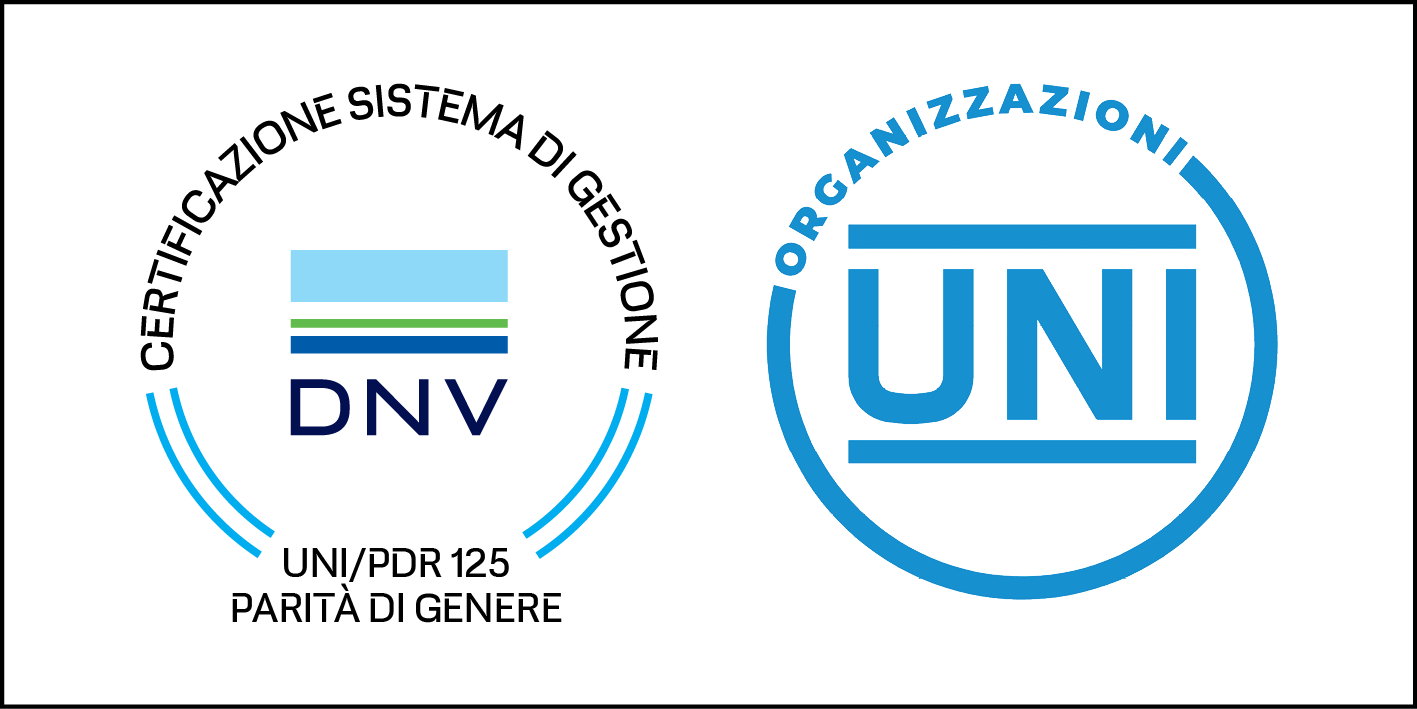The term “Physical Internet” was first mentioned in the press in June 2006 when it appeared on the cover of The Economist in an issue dedicated to the state of the art of logistics. Although it was published on the cover, the concept of Physical Internet was not the subject of any article within the magazine, but Professor Benoit Montreuil of CIRRELT (Centre Interuniversitaire de Recherche sur les Réseaux d’Entreprise, la Logistique et le Transport) of the University of Montreal in Canada, was at that moment struck by this concept and the power of the possible meaning that it intrinsically expressed.
The intuition of Benoit Montreuil
Benoit Montreuil therefore decided to embark on the path of research, dedicating funds to the innovation of networks and logistics, developing a vision based on the metaphor of the Digital Internet which has undoubtedly revolutionized the way of communicating and informing. While his research evolved, giving shape and substance to the concept of Physical Internet, Benoit Montreuil wondered how these two words together could concentrate the meaning of a radical transformation of the logistics and supply chain paradigm. In 2009 he published the Physical Internet Manifesto: in that year professors Éric Ballot (Centre de Gestion Scientifique, Mines ParisTech, France) and Russell Meller (CELDI, U. Arkansas, USA) were the first to embrace the concept of the Physical Internet by Benoit Montreuil.
Other initiatives around the world
Since that moment, many initiatives have followed on a global level, such as that of Eric Ballot and Benoit Montreuil with OpenFret in 2010, a French project focused on the conceptualization and creation of the Physical Internet. In 2011 and 2012 Rémy Glardon joined the research team coordinating a French-Canadian-Swiss project supported by the French PREDIT programme, to stimulate the potential contribution of the Physical Internet to solving future challenges of the logistics sector, with a focus on the application of the concept of fast handling and logistics of goods in France.
Meanwhile in the USA, Professor Meller together with Kim Ellis (Virginia Tech), Bill Ferrell (Clemson U.) and Phil Kaminsky (UC Berkeley), were working on a project sponsored by NSF International, the US agency that supports research, in the CELDI center, to evaluate the potential of the Physical Internet in North America. Meller and Benoit Montreuil subsequently coordinated another project supported by MHI (Mitsubishi Heavy Industries) in America, focused on the architecture of the Physical Internet facilities. Benoit then finally introduced a global vision of the Physical Internet, outlining the concept in a mosaic of thirteen interconnected features, positioned to achieve the “Logistics Sustainability Grand Challenge” of sustainable logistics (Benoit Montreuil 2009–2012).
Europe’s contribution
The essence of the Physical Internet Manifesto was formally introduced as a document in 2011. Europe proved to be a very fertile ground for starting research on the topic through the pioneering initiative of Sergio Barbarino of the Network Innovation Center of Procter & Gamble, with Ballot, Meller and Benoit Montreuil. This first project on the Physical Internet was financed with research funds from the 7th Framework Program of the European Commission: Modulushca (www.modulushca.eu) and involved an international consortium including industrial and academic partners from Europe and Canada.
The success of the project has undoubtedly contributed to promoting the vision of the Physical Internet and its potential in the industrial logistics sector. This catalyzed the role of ALICE – the European technological platform on logistics (www.etp-logistics.eu/) – as a promoter of the Physical Internet which actively contributed to making it central in the European vision in a time horizon of 2030-2050. In Modulushca, Ballot and Benoit Montreuil defined the 2030 vision and the roadmap towards interconnected logistics in the fast moving consumer goods industry.
I business ‘disruptive’
Interdisciplinary research activities and innovation projects are currently underway in various countries around the world, involving research institutes and universities, industry and central governments
For example, Georgia Tech recently launched the Physical Internet Center under the coordination of Benoit Montreuil. The University of Hong Kong, in collaboration with the Mainland, has activated a Physical Internet Lab under the coordination of Professor George Q. Huang. Mines Paris Tech recently activated the Physical Internet Chair coordinated by professors Éric Ballot and Shenle Pan.
All these initiatives have established strong links and cooperation assets with the logistics industry.
There are already examples of “disruptive” businesses that offer logistics and supply chain management services aligned with the vision of the Physical Internet. CRC Services has begun to market in France a national network made up of open hubs, offering significant cost reductions and with excellent performance also in environmental terms. ES3 has the largest and most extensive automated shared distribution center in York (USA), cross-docking and warehousing services offered to numerous retail and manufacturing customers, adopting the Physical Internet model. Flexe.com wants to become the Airbnb of warehouse spaces and is already present in over 20 US states. Fulfillment by Amazon has become the first large-scale service as an extended network for the warehousing and provision of e-commerce services: “You sell it, we ship it”.









